Category Archives: how to decrease your kitchen waste
Waste-Free Grocery Shopping – Tips and Suggestions To Inspire a Green Kitchen
Labels: green living, green living tips organization, how to decrease your kitchen waste.
Leave a Reply





More Green Kitchen Tips
How to Decrease Your Kitchen Waste: 101
Today I offer you additional ideas that can be easily adopted into your green living repertoire.
*
#1:
Keeping a Plastic-Free Crisper
This was one of the most recent things I changed in my green living quest. I started using Carebags years ago and this solved my problem of using those plastic produce bags. But it took a lot of willpower to refrain from purchasing pre-packaged produce (you know, the occasional bag of romaine, carrots or shredded broccoli). The Natural Foods Coop in Sacramento does not carry any bagged produce, which I absolutely love and appreciate. The Coop in my town does. See here for a comprehensive list of plastic free food storage ideas.
More…
10 easy ways to decrease your food waste
How to find a recycling center in your town
The Pacific Garbage Patch
Shared on: Whole Foods Wednesdays
Labels: green living tips organization, how to decrease your kitchen waste.
Leave a Reply





How to Decrease Kitchen Waste: 101
When you think of kitchen waste, what comes to mind?
I’m guessing food. Yes food is a huge waste that adds a bulk to your garbage bag that turns against you rather quickly. But what else? If you live in a town that recycles, first off, hooray for you, but secondly, weekly recycling doesn’t take care of everything. I’ve heard of some pretty picky towns where only cans, plastic bottles and cardboard is allowed. What about the bread packaging, inside the cereal plastic bag, frozen veggie plastic bags…if you eat cheese, the plastic around the cheese and don’t even get me started on PLASTIC BAGGIES. The list goes on and on in the plastic department. What about paper towels and napkins? Foil? Styrofoam? The wrapping from your deli meat?
These are all sources of unwanted waste. I say unwanted because the recycle folks don’t want this stuff. So it goes in the landfill.
My kitchen waste revelation came one day a few years ago when my garbage can smelled so horrid I just couldn’t take it any more…okay, enough is enough. We didn’t use those hefty plastic bags, we used recycled brown paper bags from our weekly grocery shopping for our garbage, so all our food waste and other gunk was exposed and oh boy it started to take on a life all its own.
I said to myself…I know I can do better!
I started very, very slow and assessed my waste. Food was at the top of the list so I started there and slowly worked my down the list finding alternatives and replacing old habits with environmentally frienldy behaviors. So if you are new to the concept of decreasing kitchen waste, please see below for some very easy ideas to get you going on your journey.
****************************************
*We made a very modest 5×5 box out of redwood in our backyard and started to pile in our uncooked kitchen waste with equal parts carbon and nitrogen. And I read this quick, simple guide to composting. There are so many other composting ideas, many I found in the book, but you can also research on-line and find what works best for you. For example, we are going to start a worm bin soon for our cooked food waste!
*Okay, let’s be real for a moment. Plastic baggies are a hell-of-a-convenience, and if you have kids, well, they may feel like a must-have necessity. It was difficult, but these were #2 on the list to go for me. I stopped buying them and looked for alternatives.
e. ECOlunchbox three-in-one. My daughter takes this for her lunch. It’s lightweight and easy for little hands to use and maneuver.
*This solution is three-fold. First of all, milk alternatives are EXPENSIVE. I did the math and I started saving serious money when I stopped buying packaged milks and started making my own. Second, you have total and complete control of the ingredients when you make your own milks – awesome for you! Third, and let’s be honest here, those milk alternative containers are not recyclable. I shed a tear of guilt every time I had to throw away those huge cartons. Okay, so problem solved. Making your own nut milks is so super easy. I make the following: almond milk, cashew milk, hemp milk and hazelnut milk. You can find a slew of how-to videos on the internet. And you don’t technically need an expensive high-speed blender to make these milks. Before I purchased my vitamix, I used a Ninja Blender for years and it worked fine. Don’t be detoured my friends!!
*Ahhh, this was so hard at first! I had a very unhealthy addiction to paper towels. I would use them for everything…if I had them I would go through them like crazy. I had zero control. So one day I just stopped buying them and also stopped buying paper napkins.
*I used foil for so many things in my kitchen. This was difficult at first too. I tried very hard to clean the foil and recycle it, but it didn’t always work. And my philosophy wasn’t, “well, it’s okay to throw it away once in a while,” it was to “never again throw anymore foil away into garbage ever again.”
One day I purchased a pork shoulder from the meat deli at our Coop and I was appalled when I got home, unrolled it, and saw how much paper and plastic waste was from this single (albeit rather large) portion of meat. My next trip to the coop I was equipped with my snap glass and Pyrex storage. It takes some planning, but if you know what you are going to be purchasing it’s not a problem – plus I highly recommend going to the grocery store with a plan and a list. This saves time, energy and money.
Vegetarians can incorporate this concept when purchasing cheese. Go to your cheese deli and have them slice out what you need into your glass storage. Then it’s home and into the fridge. No more fussing with a half (plastic wrapped) block of cheese.
Labels: green living, green living tips organization, how to decrease your kitchen waste.
Leave a Reply






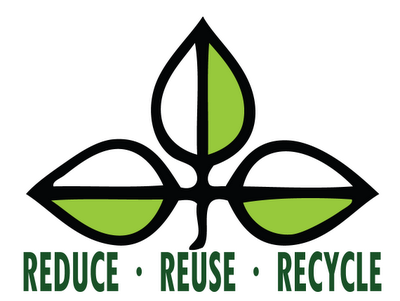


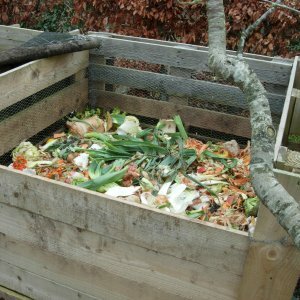
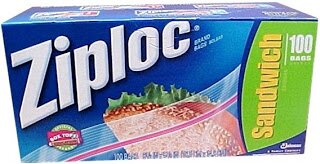
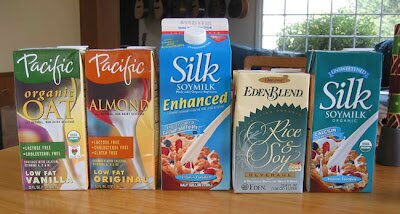
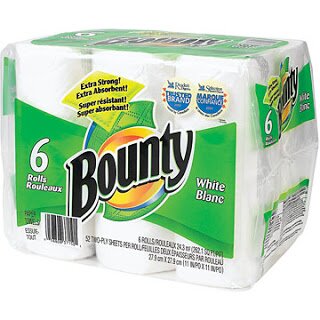
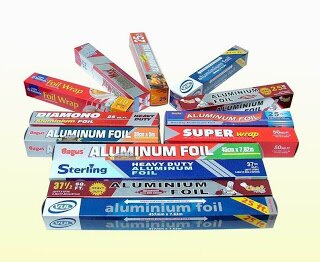











Lots of great tips here Amber! I need to get my own produce bags, I always feel so bad using them!
Thanks Gabby! I think that’s a great place to start. Good luck!!
Great advice Amber! I feel so guilty! You really are super efficient! I love those carebags especially, I wonder if they sell them here?
Hi Vicky,
I always feel guilty, so you’re not alone. But, we do the best we can…right! Nobody is perfect. And we all work toward finding that balance. I do believe Carebags ship worldwide. I just love them.
Oh I totally agree, we have to find a balance! Thank you, I’m going to have a look on their website, they look great! I had a look in this country and there doesn’t seem to be anything like them.
Take care x
I wish I was organised enough to write out menu plans, but I tend to buy, then create a meal based on what’s around – life’s full of surprises that way:) I always re-use bags, and made some cotton grocery bags for shopping. I’ve recently decided to cut out plastic storage and am well on the way to using glass jars now, though I’m terrified of dropping them and smashing them!
You’re so right, we can all do what we can and feel comfortable with, and it all helps:)
Hi Christine,
Thanks for your message. I love your idea of making cotton grocery bags. So clever. I’m so glad to hear you’ve cut out plastic storage. That’s a great step toward decreasing toxins too.
You know, I don’t think I’ve ever dropped one of my glass containers. But my kitchen is pretty small, so they are never in my hands for long.
Keep up that great work! Every little bit helps.
Great advice! I bought some cloth produce bags, and I never remember to use them. I also have metal lunch boxes for the kids, but my dh never grabs them. As you said, baby steps. If I make it easy for my dh to use stuff, I’ll get it done.
Thanks so much Barb. Yes, baby steps to behavior change is the way to go. Good luck.
Yes, baby steps to behavior change is the way to go. Good luck.
You are so organized! I don’t do menu planning yet, but have been pondering it when the chaos of selling our home is over. I love those eco bags you use…need to buy some!
Hey Laura,
When life gets crazy, it’s okay to feel crazy right along with it. It can feel exhausting to try and keep up and do everything perfect. Go with the chaos right now, just SURVIVE! Everything will settle down soon and you’ll get back into your routine. Hugs to you my friend.
Hugs to you my friend.
what great tips! i’m definitely going to try having a plastic free crisper! thanks for the wonderful ideas!
Thank you my dear. Good luck with your plastic free crisper.
It is glad to hear that you are functioning green kitchen. First and foremost we need a plan to control it. I didn’t try anything but I must avoid wastage and go for an eco-friendly environment. Thanks for inspiring me to do it.